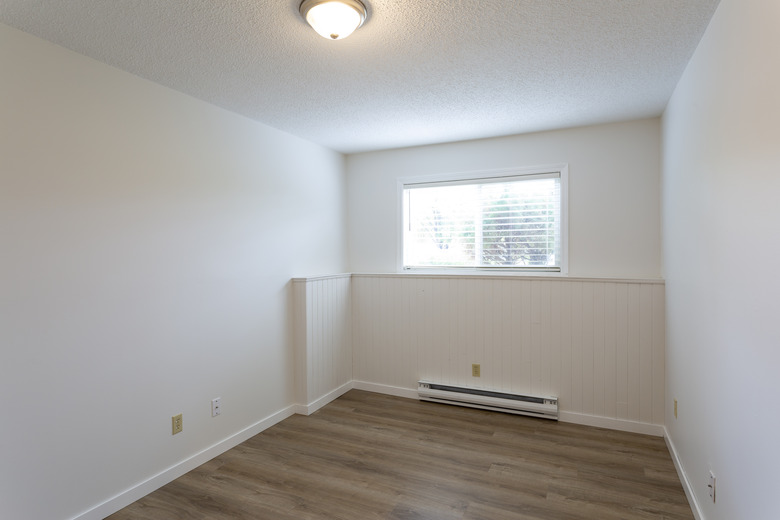How To Drain Water From A Baseboard Heating System
We may receive a commission on purchases made from links.
If you have a hydronic baseboard heating system in your home, you probably enjoy the relaxing heat it provides. The heat comes from a boiler — usually located in the basement — whose operation is similar to that of a water heater. In fact, some boilers, known as combi boilers, double as water heaters.
Like water heaters, boilers should be drained periodically to get rid of collected rust and scale, but you may also want to drain your boiler if you're going on an extended vacation in winter and you don't want the pipes to freeze and burst. Because the network of pipes connected to the boiler forms a closed system, you have to provide a way for air to get in to replace the water you're draining. When draining a water heater, you do this by opening faucets, but for a baseboard heating system, you open the bleed valves on the heaters.
Things Needed
How to Drain Water From a Baseboard System
How to Drain Water From a Baseboard System
It's important to keep two things in mind when draining a boiler. The first is that you should allow the system to cool down before you do it. You can get severely scalded if there's any hot water in the system when you open the valves. The other is that the water contains minerals that are harmful to plants, so you should never allow the drainage to run onto the lawn or into the garden.
1. Turn Off the Boiler
Turn off the wall switch, if there is one, or flip off the circuit breaker in the main panel that controls the boiler. If you have a gas boiler, turn off the gas supply valve.
2. Turn Off the Water
Locate the water supply valve and turn the handle clockwise as far as you can to make sure no water enters the system while you're draining it.
3. Attach Hose to Drain Valve
The drain valve is located at the lowest point on the boiler. It should have standard 3/4-inch male hose threads, to which you can screw on a garden hose. If not, secure a length of polypropylene tubing to the outlet with a hose clamp. Interestingly, some people in the trade still refer to the standard worm-drive hose clamp as a Jubilee clip, which was the name given by its inventor. Run the hose to a suitable drainage location, such as the floor drain in the basement (if there is one) or a storm drain outside.
4. Open Bleed Valves on Heaters
Go upstairs and open the bleed valves on all the heaters using a wrench or a pair of pliers, if necessary. This valve is located behind an access cover on one side of each heater, right next to the connection point between the heater and the hot water supply pipe.
Also at the highest point at the boiler there is usually an air vent that will also aid in the draining of the system if removed. Think of this as removing your thumb from the end of a straw to let it drain. This will ensure the system is completely drained.
5. Drain the Boiler
Open the drain valve on the boiler and let the water flow out. When the flow stops, close the valve and all the bleed valves. Leave the boiler off until you've opened the water supply valve and refilled the boiler tank.
When you restart the system, you'll have to purge air by opening the bleed valve on each heater, starting with the one on the topmost floor, and allowing air to escape.
